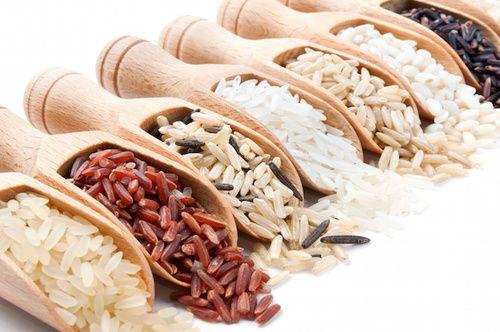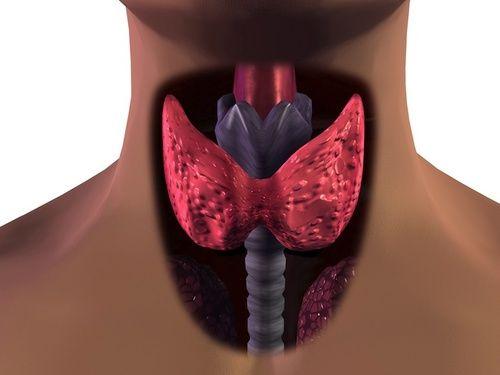- foods rich in selenium, such as rice, cashews and barley, are antioxidants natural very useful for the prevention of some diseases and the regulation of thyroid function. Let's find out better.
> Foods that contain selenium
> Daily requirement
> A recipe rich in selenium
Rice among selenium-rich foods

Properties of selenium
Selenium is an essential mineral for the body, it is largely taken from food and its quantity depends on how much is present in the soil, in the case of vegetables.
Selenium is a substance that can be used for prevention of many diseases including: cancer, cardiovascular dysfunction, arteriosclerosis, cirrhosis, arthritis and emphysema or diseases related to aging.
It is indeed a natural antioxidant which performs an active action against free radicals, protecting the body from aging and preserving the elasticity of the tissues. Finally, it plays a primary role in helping the functionality of the thyroid, metabolism and central nervous system regulation.
Foods rich in selenium
At a food level, selenium is more present in cereals, especially whole grains, in fact brown rice contains 15 times more than refined rice, in flour, mustard seeds and Brazilian nuts. Fruits and vegetables contain it in smaller quantities. In non-vegetable sources it is found in oysters and shellfish, in fish in general, in meat and eggs.
Rice
Rice is a food rich in selenium: it contains 15 mg per 100 grams of product. It is a special food, also rich in manganese and other minerals, which if consumed habitually helps prevent many ailments, has a high satiating power and regulates the intestine. To reduce the cooking time of brown rice, just soak it a few hours before use.
Kamut, corn and barley
Barley cereal contains vitamins (B1, B2, B5, B6 and PP) and important minerals such as selenium and phosphorus. Barley grass also contains many antioxidants such as vitamins C and E, provitamin A and more selenium. In order to have considerable quantities of selenium, which are around 12 mg per 100 grams, corn must be grown in soils that are rich in it, which also happens for other cereals, such as kamut. Kamut is a more complete food than traditional wheat, it is richer in mineral salts (including a considerable amount of selenium), proteins, amino acids and vitamins (belonging to group B and E).
Brazilian nuts and cashews
Brazil nuts are among the plant foods richer in selenium, about 19mg per 100 grams, which can be found in nature; among the other minerals present in this dried fruit are iron, zinc, magnesium, calcium and potassium, vitamin E and vitamins of group E, good fats and proteins. Cashews, in addition to a good dose of selenium, contain a high percentage of fatty acids, proteins, folic acid, vitamins B1, B2 and other mineral salts, such as magnesium, phosphorus, calcium, potassium and zinc.
Mustard seeds
Mustard seeds are ideal as a condiment and for the preparation of sauces with a characteristic spicy and slightly bitter aroma, they remain odorless and tasteless until the moment of grinding, soaking or blanching in a pan. They can be used both raw to dress salads or cooked to enhance the flavor of vegetables. They are not excessively caloric oil seeds (469 calories per 100 grams) and are a source of minerals (calcium, magnesium, selenium, phosphorus, potassium, manganese) and vitamins.
eggs
It is known that egg yolk is a product with a high biological value, it contains noble proteins and many minerals, such as iron, calcium, selenium, vitamins of groups A, B, D, E. A whole egg contains almost 6mg of selenium per 100 grams of product.
Foods rich in selenium among the remedies for thyroidism: discover the others

Daily requirement of selenium
A balanced diet involves the intake of approx 5mg per day. A varied diet, consisting of whole grains, fresh fruits and vegetables, proteins, nuts and oil seeds ensures the right amount.
In infants up to 6 months the dose is less than one mg per day, from 6 months to 1 year of 1,5 mg, from 1 to 6 years of 2mg, from 7 to 10 years of 3mg, from 11 to 14 years of 4mg. In pregnant or breastfeeding women the dose is higher reaching 6,5mg per day.
Recipe rich in selenium
Integral risotto with cashew nuts
Ingredients: vegetable broth, 300 grams of brown rice, half a white onion, 150 grams of cashews, extra virgin olive oil, the grated peel of two organic lemons.
Method: toast the cashews in the oven and then chop coarsely; finely chop the onion and fry it in olive oil, toast the rice, toss the chopped cashews together and add the vegetable broth until cooked. Once the rice is cooked, add the grated peel of the two lemons.
READ MORE
Natural selenium supplements: which ones and when to use them


























